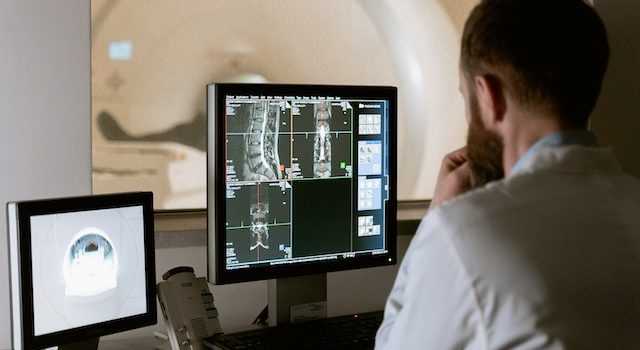
Unlocking the secrets of human anatomy through independent study can be an enlightening and rewarding pursuit. Whether you’re a medical enthusiast, an aspiring healthcare professional, or an artist seeking anatomical accuracy, here are some valuable strategies to embark on your independent study journey:
- Establish Clear Learning Goals: Define your specific learning objectives. Are you interested in understanding the overall anatomy or focusing on a particular system? Clarifying your goals will help guide your study plan and keep you motivated.
- Curate Reliable Study Materials: Gather reputable and comprehensive study resources. Look for anatomy textbooks like “Gray’s Anatomy for Students” by Richard Drake or “Atlas of Human Anatomy” by Frank Netter. Online platforms such as Kenhub and TeachMeAnatomy offer interactive visual resources to enhance your understanding.
- Dive into Anatomical Terminology: Familiarize yourself with anatomical terminology, including directional terms, body planes, and anatomical positions. Understanding these foundational concepts will provide a solid framework for further exploration.
- Utilize Visual Learning Tools: Anatomy is highly visual, so utilize visual aids like anatomical atlases, diagrams, and 3D models. Online resources like AnatomyZone and Complete Anatomy provide interactive 3D models for in-depth exploration.
- Embrace Virtual Dissection: Virtual dissection software, available on platforms like Visible Body or AnatomyTV, allows you to virtually explore the human body, dissect layers, and examine structures in a realistic manner.
- Engage in Active Learning: Actively engage with the material by taking notes, drawing diagrams, and creating flashcards. Teaching others or explaining concepts to yourself aloud can also solidify your understanding.
- Practice with Anatomy Quizzes and Tests: Regularly test your knowledge using anatomy quizzes and practice tests. Websites like Quizlet and Anki provide access to pre-made flashcards and quizzes, or you can create your own. Practicing retrieval enhances long-term retention.
- Seek Supplemental Resources: Enhance your study experience by utilizing additional resources such as anatomy apps, podcasts, or YouTube channels dedicated to anatomy. These resources offer alternative explanations and insights into complex topics.
- Connect with Online Communities: Join anatomy-focused online communities, forums, or social media groups to connect with like-minded learners and experts. Engaging in discussions, asking questions, and sharing knowledge can deepen your understanding.
- Emphasize Clinical Relevance: Understand the clinical applications of anatomy by exploring clinical case studies, medical imaging, or surgical videos. This connection to real-world scenarios enhances your appreciation for the practical significance of anatomical knowledge.
- Establish a Study Routine: Consistency is crucial in independent study. Set aside dedicated time for studying anatomy each day or week and establish a routine that works best for you. Avoid cramming sessions and prioritize regular, spaced learning.
- Stay Curious and Motivated: Maintain a genuine curiosity for the subject and stay motivated throughout your journey. Explore fascinating anatomical facts, seek out intriguing case studies, or attend anatomy-related events to fuel your passion.
- Reflect and Review: Regularly review previously learned material to reinforce your understanding. Create summaries, concept maps, or mnemonic devices to aid retention. Reflect on your progress and celebrate milestones along the way.
- Seek Guidance and Clarification: Don’t hesitate to seek guidance when faced with challenging topics. Reach out to mentors, instructors, or online communities to clarify doubts and gain further insights. Collaboration and guidance can accelerate your learning.
Remember, independent study of human anatomy is an ongoing process. Embrace the complexity and beauty of the human body, and enjoy the journey of unlocking the secrets that lie within. Your dedication and commitment will lead to a profound understanding of the intricate marvels of human anatomy.










